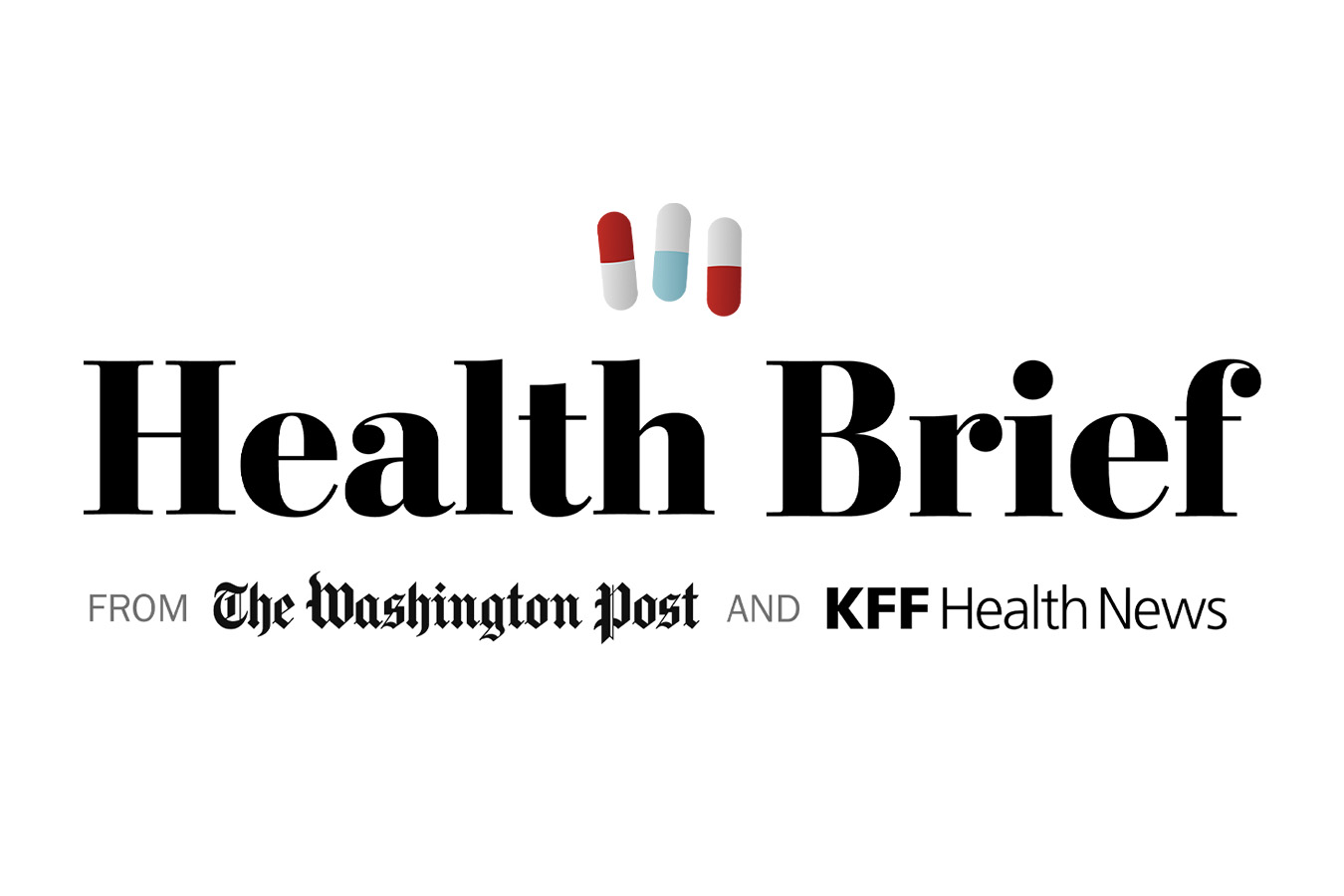Almost all people have health insurance in Vermont, a state famed for its maple syrup and Ben & Jerry’s ice cream, yet residents pay the nation’s highest insurance premiums for individual coverage and endure months-long waits for care — and most hospitals here are losing money, according to state reports and interviews with residents and industry officials.
For more than 15 years, federal and state policymakers have focused on increasing the number of people insured, which they expected would shore up hospital finances and make care more available and affordable.
“Vermont’s struggles are a wake-up call that insurance is only one piece of the puzzle to ensuring access to care,” said Keith Mueller, a rural health expert at the University of Iowa.
Regulators and consultants say the state’s small, aging population of about 650,000 makes spreading insurance risk difficult. That demographic challenge is compounded by geography, as many Vermonters live in rural areas, where it’s difficult to attract more health workers to address shortages.
Unlike most states, Vermont regulates hospital and insurance prices through an independent agency, the Green Mountain Care Board. Until recently, the board typically approved whatever price changes companies wanted, said Julie Wasserman, a health consultant in Vermont.
In September, Bruce Hamory, a consultant hired by the board, recommended changes including potentially converting four rural hospitals into outpatient facilities and consolidating specialty services at others.
He cautioned that any fix would require sacrifices from everyone, including patients. “There is no simple single policy solution.”
Lynne Drevik, who runs an inn and spa in northern Vermont, said her doctor told her in April that she needed knee replacement surgeries — but the earliest appointment would be in January for one knee and next April for the other.
Drevik said it hurts to climb the stairs in her 19th century farmhouse. “My life is on hold here, and it’s hard to make any plans.”
Andy Kehler often worries about the cost of providing health insurance to the 85 workers at Jasper Hill Farm, the cheesemaking business he co-owns in northern Vermont. The company pays half the cost of workers’ health insurance premiums because that’s all it can afford, he said.
“It’s an issue every year for us, and it looks like there is no end in sight,” he said.
Recent data shows the University of Vermont Health Network controls about two-thirds of the state’s hospital market, and its main facility, the University of Vermont Medical Center in Burlington, has some of the highest prices nationwide.
Hospital officials contend their prices are average for the industry.
But for 2025, the Green Mountain Care Board required the Burlington hospital to cut the prices it bills private insurers by 1 percent.
The nonprofit system says it is navigating its own challenges, including a lack of housing to recruit workers and a shortage of mental health providers, nursing homes and long-term care services, which often creates delays in discharging patients, adding to costs.
This article is not available for syndication due to republishing restrictions. If you have questions about the availability of this or other content for republication, please contact NewsWeb@kff.org.



